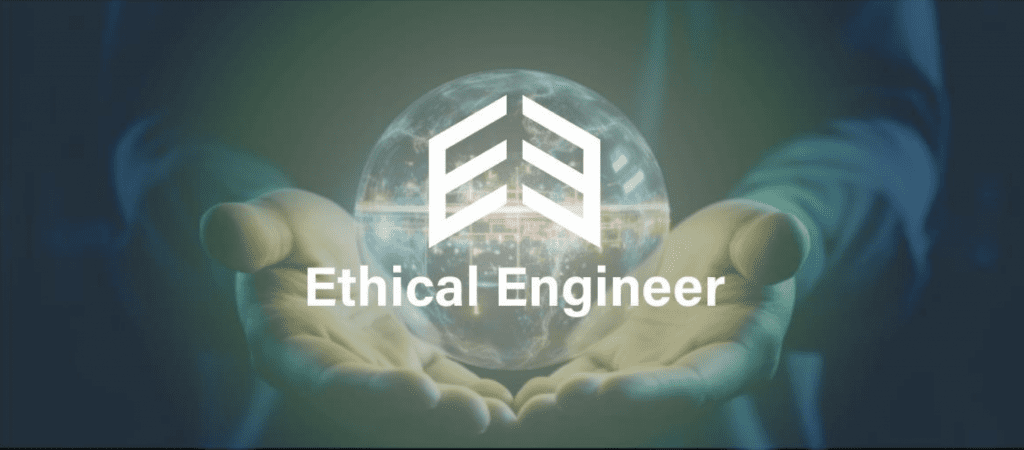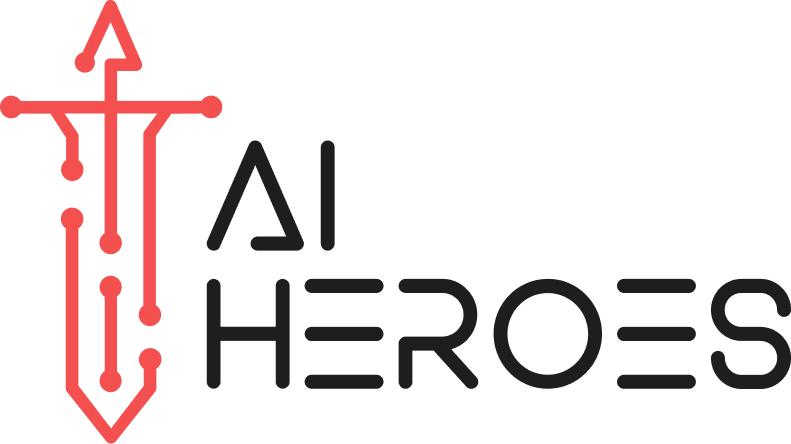The Erasmus+ Challenge: Making AI Ethics Real
The Erasmus+ Ethical Engineer project focuses on a very pressing modern need – helping university professors teach their students how to properly embed ethics into AI development. As industry experts, constantly developing AI solutions, AI Heroes joined this initiative to share what we’ve learned from our experience in predicting and avoiding ethical pitfalls as we are constantly developing new solutions that affect lives every day.
Our task was to create teaching materials based on real AI projects and their ethical implications. We developed case studies inspired by both our own experience, and by carefully researched industry examples – to show students how ethical considerations shape real-world decisions in AI development.
We’d like to share one of these case studies with you – one we encountered firsthand in our work.

The Story Behind Our Case Study
The project began with a pressing need in elderly care. Many older adults want to live independently in their homes, but their families worry about falls – one of the most common accidents among elderly people. When someone falls and can’t reach help, minutes or hours can pass before they’re found, often leading to more serious health complications.
This was the challenge brought to our team: could we develop an AI system that would detect falls and quickly alert caregivers? On the surface, it seemed straightforward. Use AI to monitor movement patterns, detect falls, and send alerts. But as we dug deeper, we found ourselves facing complex ethical questions that would shape every aspect of our work.
Learn more about our impact in Healthcare.
When Technical Solutions Meet Human Concerns
As our team worked on the fall detection system, we encountered questions that went beyond technical specifications:
- How do we monitor someone’s movements without invading their privacy?
- What happens to the data we collect about someone’s daily activities?
- How do we ensure elderly people don’t feel like they’re under surveillance in their own homes?
- What about people who might not fully understand what they’re consenting to?
These weren’t technical problems. They were human problems. And they highlighted exactly why the Erasmus+ Ethical Engineer project is so crucial for the future of AI development.


From Dilemma to Teaching Tool
What started as a technical challenge became the perfect case study for the Ethical Engineer project. Why? Because it demonstrates something we’ve learned the hard way: in AI development, the ethical implications are never just footnotes – they’re the whole story.
When Erasmus+ approached us to contribute to their initiative of teaching ethics in AI, we realized our experience with the fall detection system encapsulated everything we wanted to teach future engineers:
- That every technical decision has human consequences
- That ethical considerations aren’t obstacles to innovation – they’re catalysts for better solutions
- That the best technical solutions come from understanding human needs and concerns
The AI Heroes Approach: Breaking Down Our Teaching Method
Step 1: Live the Dilemma
When teaching students through this case study, our approach follows a natural progression. First, we present the core challenge – in this case, the need to protect elderly people while respecting their privacy. Students see how what seems like a straightforward technical problem quickly reveals deeper ethical implications.
Step 2: Explore the Tensions
We then guide students through different expert viewpoints that must be considered in AI development. Through the lens of healthcare, we examine why quick response times can be life-saving. From a privacy perspective, we explore the implications of surveillance in someone’s home. Through a security framework, we analyze the risks of collecting sensitive data about vulnerable people. These different viewpoints represent real concerns that must be balanced in AI development.
Step 3: Craft Solutions
Next, we show students how the careful consideration of different viewpoints leads to better solutions. In our case, we developed a system where footage and data remain offline and inaccessible unless triggered by an emergency. All processing happens locally on edge devices physically housed on-site, ensuring data stays protected at all times. But we don’t just present this as the only answer. We examine the various ways to approach data handling, consent protocols, security measures, and emergency responses that were actually considered in the project.
By exploring these real considerations and how they were balanced, students learn that ethical AI development isn’t about finding a single perfect answer – it’s about understanding the full implications of each decision and working to address multiple concerns simultaneously.
Step 4: Questions for Reflection
The crucial final step is examining how our solutions work in practice. Students explore questions like: Who’s responsible if the system misses a fall? How do we ensure people truly understand what they’re consenting to? What happens if there’s a data breach? These practical considerations help students understand that ethical implications extend beyond initial development.
Building Better AI by Teaching Better Ethics
Our fall detection case study is just one example of how real-world ethical challenges in AI can become powerful teaching tools. Every AI project presents its own unique combination of technical and ethical considerations. Through the Erasmus+ Ethical Engineer project, we’re bringing these real experiences into classrooms, helping students understand that ethical development isn’t a constraint but a path to innovation. By walking students through real projects, showing them real solutions, and demonstrating how ethical thinking improves technical outcomes, we’re helping create a future where responsible AI development is the norm.
While this case study shows our educational work, it reflects our approach to every project: careful consideration, innovative solutions, and deep understanding of human needs. Whether you’re optimizing operations or solving complex challenges, we bring this same thoughtful approach to your business.
Ready to explore what AI can do for you? Let’s talk.



